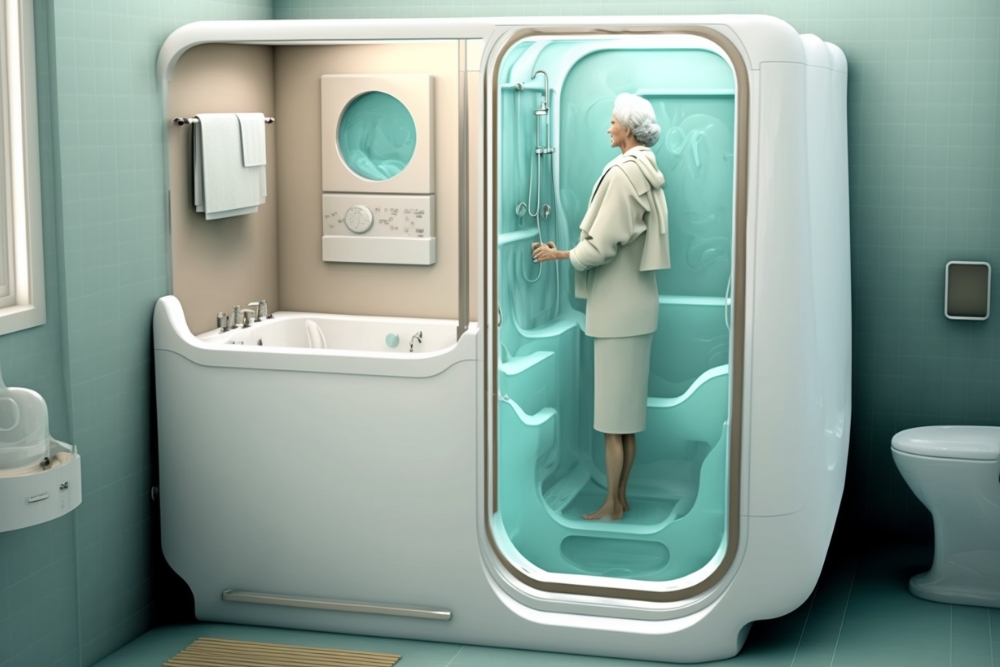Discover the Stunning New 2-Bed Senior Houses Everyone’s Talking About
What makes senior houses different from standard homes? Many new 2-bed models include step-free access, wide doorways, low-maintenance exteriors, non-slip flooring, grab bars in bathrooms, and easy-access outdoor spaces. These thoughtful features are common in modern senior communities.

The housing market has witnessed a remarkable evolution in residential design tailored specifically for older adults. These innovative two-bedroom homes combine contemporary aesthetics with practical functionality, creating living spaces that support independence while addressing the changing needs that come with aging. Unlike traditional housing, these residences are built from the ground up with accessibility and comfort as primary considerations.
What Makes These Senior Houses Different from Standard Homes?
These specialized residences incorporate universal design principles that set them apart from conventional housing. Key differences include single-floor living arrangements, reinforced bathroom walls for future grab bar installation, and electrical outlets positioned at accessible heights. The homes feature non-slip flooring materials throughout, lever-style door handles instead of traditional knobs, and enhanced lighting systems that reduce shadows and improve visibility. Kitchen countertops are designed at varying heights to accommodate different mobility needs, while cabinets include pull-out shelves and soft-close mechanisms.
How Do Step-Free Entry and Wide Doorways Enhance Daily Living?
Step-free entrances eliminate the common barrier that standard home thresholds create, allowing for smooth transitions whether using mobility aids or simply carrying items. These entrances typically feature gentle slopes or flush transitions that meet ADA guidelines. Wide doorways, measuring 36 inches or more, provide comfortable passage for wheelchairs, walkers, or simply moving furniture. This design consideration extends throughout the home, including bathroom entries and bedroom access, creating an environment where mobility concerns don’t limit daily activities or future adaptability.
Why Is Low-Maintenance Design Essential for Daily Ease?
Low-maintenance features significantly reduce the physical demands and costs associated with home upkeep. These homes typically include composite decking materials that resist weathering, vinyl or fiber cement siding that requires minimal painting, and landscaping designed with drought-resistant plants and automated irrigation systems. Interior elements such as luxury vinyl plank flooring, quartz countertops, and high-quality paint finishes are selected for durability and easy cleaning. HVAC systems often include advanced filtration and programmable thermostats that optimize energy efficiency while reducing maintenance requirements.
What Safety Features Do Seniors Appreciate Most?
Safety enhancements in these homes go beyond basic requirements to create genuinely secure living environments. Motion-activated lighting systems illuminate pathways automatically, while bathroom designs include curbless showers with built-in seating and hand-held shower fixtures. Kitchen safety features encompass induction cooktops with automatic shut-off, cabinet locks for hazardous materials, and slip-resistant flooring. Many homes include medical alert system pre-wiring, security systems with large-button controls, and emergency communication devices in multiple rooms.
How Do Comfortable and Practical Layouts Improve Quality of Life?
Thoughtful floor plans prioritize functionality and comfort through strategic room placement and traffic flow optimization. Master bedrooms are typically positioned near main bathrooms to minimize nighttime navigation, while secondary bedrooms can serve multiple purposes as offices, craft rooms, or guest spaces. Open-concept designs connect kitchen, dining, and living areas to facilitate social interaction and easier movement. Storage solutions are integrated throughout, including walk-in closets with adjustable shelving, built-in organizational systems, and accessible pantry designs that accommodate changing physical capabilities.
| Provider | Home Type | Price Range | Key Features |
|---|---|---|---|
| Del Webb | Active Adult Community | $250,000 - $450,000 | Resort-style amenities, golf courses, single-story designs |
| Lennar | Next Gen Homes | $300,000 - $600,000 | Multi-generational layouts, accessible features, energy efficiency |
| Pulte Homes | Active Adult Series | $280,000 - $520,000 | Universal design, low-maintenance exteriors, flexible floor plans |
| Toll Brothers | Regency Collection | $400,000 - $800,000 | Luxury finishes, customizable accessibility features, community amenities |
Prices, rates, or cost estimates mentioned in this article are based on the latest available information but may change over time. Independent research is advised before making financial decisions.
These innovative housing solutions represent a significant advancement in age-friendly design, combining aesthetic appeal with practical functionality. The integration of accessibility features, safety enhancements, and low-maintenance materials creates living environments that support independence and comfort. As the population ages, these thoughtfully designed homes offer a compelling alternative to traditional housing, allowing residents to maintain their lifestyle while adapting to changing needs. The emphasis on universal design principles ensures these homes remain functional and comfortable for years to come, making them a worthwhile investment for those planning their future housing needs.




